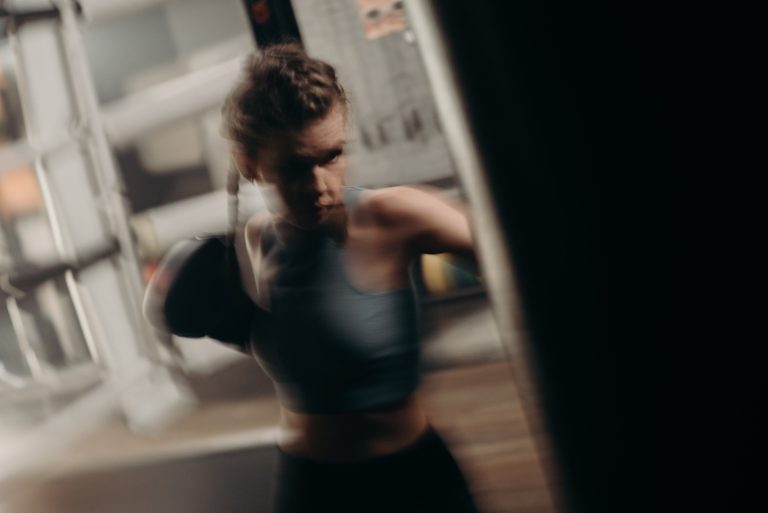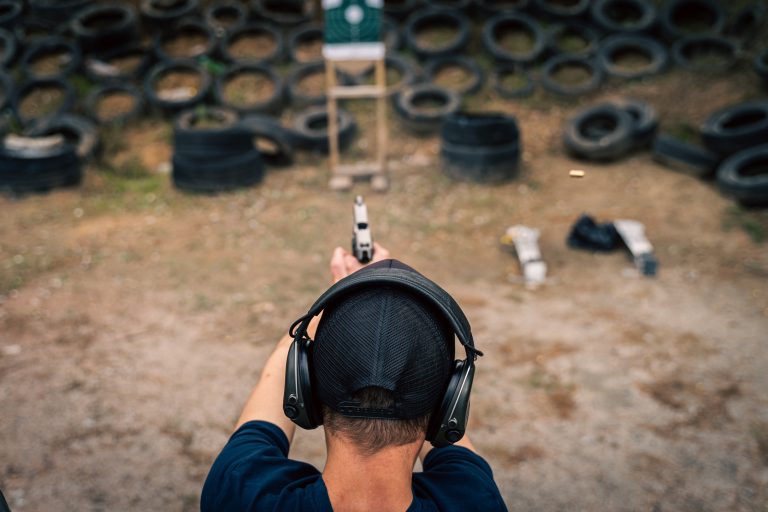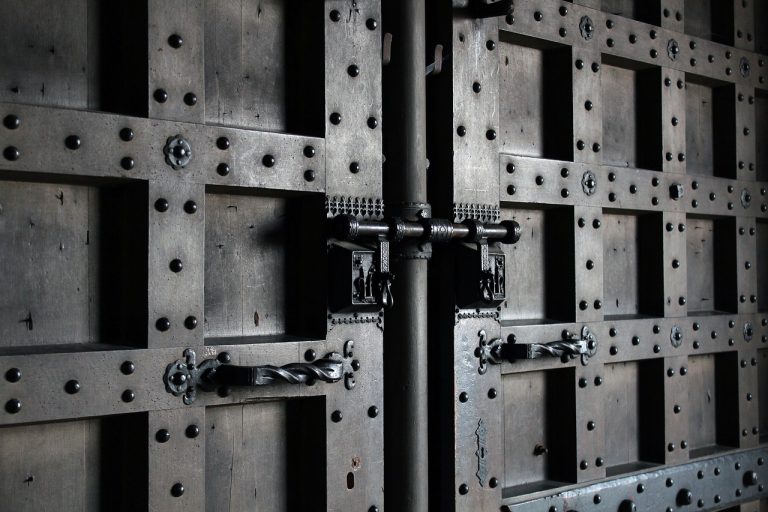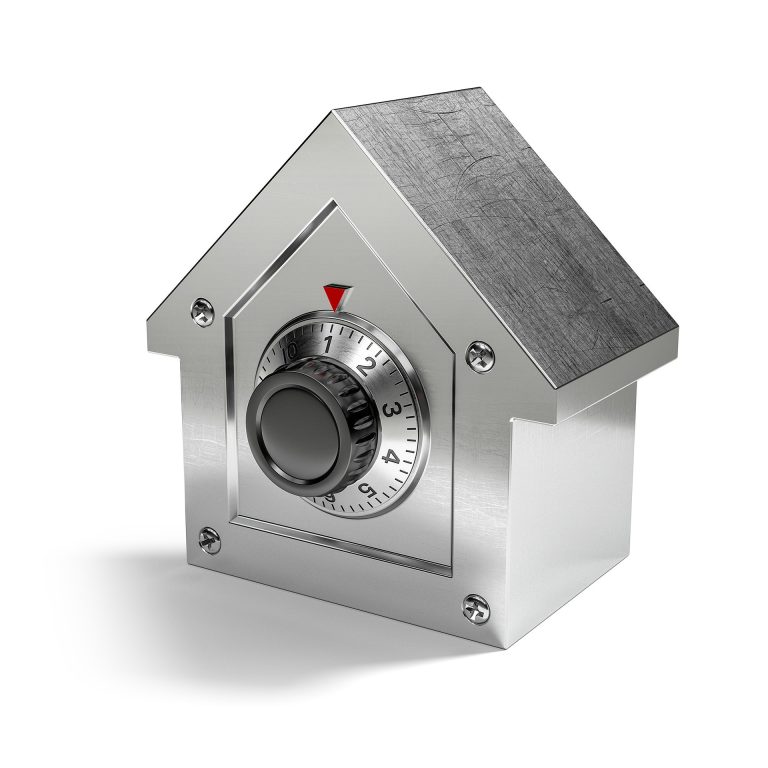Have a plan for home defense
Do You Have A Plan?

You wake up in the middle of the night from the sound of the back door leading into the kitchen opening and closing. You now have a situation you have to address. Questions start going through your mind. You are trying to determine how you should react. Someone is most likely in your home. Is it your teenage child, a disoriented person (drunk, drugs, dementia, mentally handicapped) coming into the wrong house, is it an intruder looking to steal, or a home invasion with multiple intruders?
Before you react, you need to assess the situation the best you can. Here are some quick considerations:
- Am I alone, or are there other family members?
- Where am I? Where are the exits? Is there a phone or weapon nearby?
- Where are my family members located? What is their condition? Can they escape or barricade or hide themselves?
- Where is the intruder located?
- Are there multiple intruders? If unknown, assume there are multiple.
- Are the intruders aware of my or my family member’s location?
- Am I sure it’s an intruder? Not just a teenage family member sneaking in or out of the house or an unannounced friend? Could it be someone who is lost due to a lack of mental capacity such as dementia? Or a drunk neighbor going to the wrong house?
Your response will be shaped by the answers you have to these questions. Do You call the police, grab a weapon, or flashlight? Do you hide or confront the situation?
There are other considerations to consider.
Communication
Communication with family members, law enforcement, and maybe the intruder/s. Communication could mean giving up your position, is your position secure? De-escalation communication might be an option if you have some protections in place like everyone secured in your bedroom with the door locked, police on the phone, and a firearm in hand. Letting the intruder know the police are coming and it would be in their best interest to vacate the premises to avoid being arrested or worse. Again, communicating with an intruder should be situation-dependent. Communicating with family members to gain safer positions, and coordinate with another family member who is also armed. Communicating with law enforcement to give as detailed an account and identification of intruder/s as possible.
Available Tools
Do you own a firearm? Have you trained with that firearm? Do you have pepper spray or a taser, or do you plan on grabbing the lamp on the nightstand? The answer to these questions will shape your response in conjunction with the answers you have in assessing the situation. If you choose a firearm take into consideration the pros and cons of each type.
Shotguns are great static-position weapons but could be cumbersome to move around corners and doorways.
Rifles are highly accurate, but travel at high rates of speed and have heavy penetration through walls that could endanger people in other rooms and potentially the neighbors.
Pistols are great for maneuverability, but the most difficult to maintain accuracy and require more training to be safe.
Where do you have your firearm stored? Is it easy to get to or locked up in a safe? Are the firearms loaded? What capacity are they? Do you have extra loaded magazines? A balance needs to be established so you have the protection you need when you need it and are safe from unwanted hands like a thief or an untrained child.
Tactics
This is the “what if” portion. You have a plan for you and your spouse, but what about when the grandchildren stay the night? Your home is set up great, but what if you’re away staying at an Airbnb or vacation rental home? What if you come home to a break-in? Home defense design should be set in layers taking into account variables, such as when you are in bed vs when you are in your living room. When you are home or away. When friends or family stay over or by yourself, tactics prepare us to handle potential threats better, you can’t cover every scenario, but you can increase your odds of maximizing your safety.
Have a floor plan of your home that shows where all the doors, windows, potential entrance, and exit points are located. What are the choke points, and fatal funnels, and what is cover and what is concealment? Our classes help teach you to find and label these elements in your home.
Do you have weapons stored around the house or just in one place? What about ammo and extra mags, Is your phone always with you? What is your plan of action if you’re on the toilet, shower, in the kitchen, couch, in the garage, in bed, etc.?
Proficiency
Proficiency is more than just range day shooting practice. It’s practicing scenario training, it’s involving the family in what each person’s role is should something unfortunate happen.
It takes practice to learn how to best clear a house, and shoot a gun accurately and under stress. Learning to utilize your cameras, locks, and lights, and creating a habit of checking your defenses daily is important to becoming proficient in home defense. Designating specific times throughout the year to update the software, firmware of smart devices, and changing batteries keeps your equipment in good working order. Improving these and other skills when there is no stress will help you build proficiency when you come under stress.
Medical
Many homes have first aid boo-boo kits, but do you have a trauma plan? Do you know how to apply a tourniquet, field dressing, or wound packing should you or someone else get shot or seriously injured?
Aftermath
How do you handle law enforcement once they arrive? Was someone shot, how do you answer questions about the whole event? Should you answer all their questions, some of them, lawyer up right away? What state of mind do you think you’ll be in after a highly tense stressful situation?
If 911 hasn’t been called, call them first. they will keep you on the phone unto the police arrive. If the incident involved you or a family member shooting someone, your defense starts immediately. Your first response should be, ” I was in fear for my life (or family member’s) and forced to defend myself. Please send the police and an ambulance. Keep your statements concise, with no unnecessary details. They will probably keep asking questions to get more details. Your response should be, “I intend to cooperate fully, but I’m shaken up and need time to calm down before answering any more questions. When police arrive make sure to immediately put all weapons down if you haven’t already, and away from you. Be ready to communicate clearly, they may handcuff you, comply fully. Cooperate with police, but request time to calm down and consult an attorney. You may be in shock or still shaken up and not in your best mind to give accurate information. Violent encounters can cause stress-inducing chaos and the loud deafening sound of gunshots can lead to temporary memory loss, dilution of time, and tunnel vision.
You may want to give a statement in good faith. However, you could potentially contradict yourself if there are audio/video recordings and/or eye-witness accounts that give a different view. Suffering the traumatic effect from a high-stress situation can leave your memory scattered and not cohesive, leaving you to trip over your thoughts and statements. All this can lead the police to misconstrue what you want to convey.
I have said these things to you, that in me you may have peace. In the world you will have tribulation. But take heart; I have overcome the world. John 16:33






